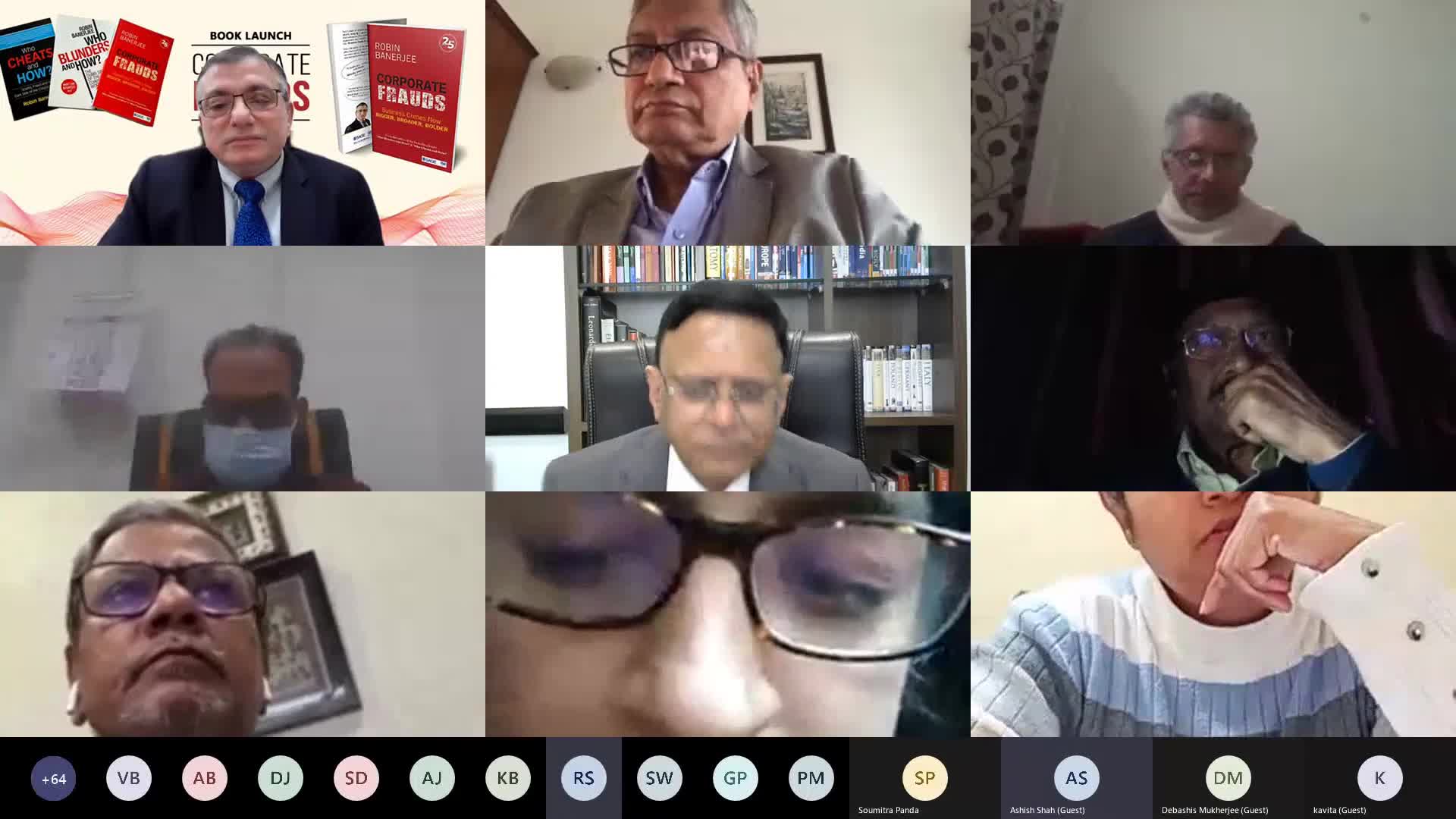Security Breaches
What was the prolonged hacking campaign that targeted the U.S. Treasury and critical infrastructure?
The U.S. experienced a prolonged hacking campaign that targeted the Treasury and other critical infrastructure from August 2013 to December 2024. The campaign, which lasted more than 11 years, was conducted by two Chinese hackers who were recently indicted by the Department of Justice. These hackers caused millions of dollars in damages by targeting government agencies, private companies, and non-profit organizations across the United States. Additionally, Chinese companies involved in covering up the illegal hacking activities have also been sanctioned by the U.S. government.
Watch clip answer (07:46m)What happens when organizations fail to implement cybersecurity recommendations after a breach?
As illustrated by Lee Kim's client example, organizations that experience a breach but fail to improve their cybersecurity measures often face repeated attacks. This particular client suffered a second breach just two weeks after the initial incident because they neglected to conduct a postmortem analysis, implement tabletop exercises to test defenses, or deploy necessary security tools. In healthcare especially, the stakes are exceptionally high since compromised patient data, unlike financial information, cannot be replaced or restored once exposed. Breached healthcare data, particularly sensitive information like genomic sequences, remains permanently vulnerable once compromised.
Watch clip answer (00:55m)What critical security failures did the FTC identify at GoDaddy that led to multiple breaches?
The FTC identified several fundamental security lapses at GoDaddy that contributed to multiple breaches between 2019-2022. Most notably, GoDaddy lacked basic multifactor authentication (MFA) for critical systems, which allowed attackers to gain access through a single compromised password in one incident that exposed 1.2 million WordPress customers' data. Other significant failures included improper software update management, insufficient security event logging, lack of network segmentation, poor asset tracking, and inadequate monitoring for threats. These gaps enabled attackers to install malware, steal source code, and access sensitive customer information including email addresses, admin passwords, database logins, and even SSL private keys - essentially providing complete access to websites and their data.
Watch clip answer (03:18m)How does AI impact cybersecurity?
AI is a double-edged sword in cybersecurity. On one hand, it empowers defenders with advanced tools that analyze massive datasets at unprecedented speeds, detect threats in real time, identify malicious code with high accuracy, and automate incident response for more efficient handling of potential threats. This allows security teams to be more proactive rather than reactive. On the other hand, AI is also a powerful tool for attackers, enabling them to create sophisticated malware capable of adapting and evolving to bypass security measures. AI-powered attacks can generate convincing phishing attempts that trick even cautious individuals and spread disinformation at alarming rates. This dual nature makes AI both revolutionary for defense while simultaneously creating new vulnerabilities organizations must address.
Watch clip answer (01:44m)What is software supply chain security and why is it important?
Software supply chain security refers to the process of securing the full lifecycle of software creation, from developers contributing code into source control, through compilation into artifacts, to deployment and consumption. The strength of this chain is measured by its weakest link, making every phase vulnerable to threats. Security is critical because attackers can exploit weaknesses at various points - whether through account takeovers like in the case of UA Parser JS, typosquatting attacks targeting packages like Selenium, or through protestware that deliberately sabotages functionality. These attacks can lead to credential theft, cryptocurrency stealing, and remote access to systems through seemingly legitimate packages. Protecting the supply chain requires vigilance through measures like two-factor authentication, careful vetting of dependencies, and monitoring suspicious contributions in package ecosystems.
Watch clip answer (29:36m)How has cybercrime changed during the pandemic?
During the pandemic, cybercrime has increased disproportionately compared to pre-2019 levels. This significant rise is attributed to inadequate home security systems and organizations lacking proper secure architecture like firewalls. According to experts, the number of digital misdemeanor events and the quantum of losses have substantially increased as people worked remotely. Many victims fell prey to these crimes due to negligence, mistakes, or simply being targets of wrongdoing, highlighting how the pandemic exposed critical vulnerabilities in existing cybersecurity infrastructures.
Watch clip answer (01:33m)




